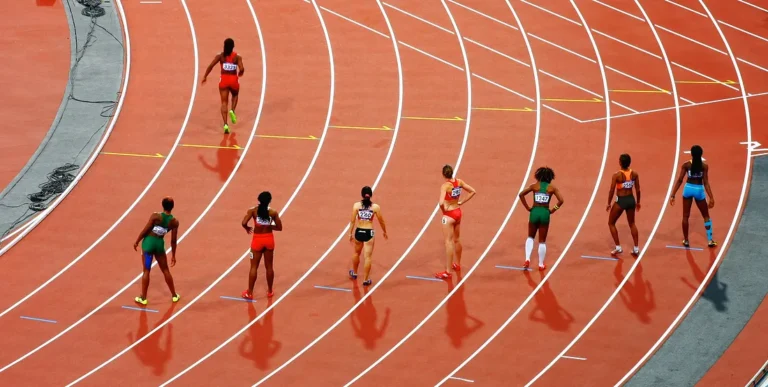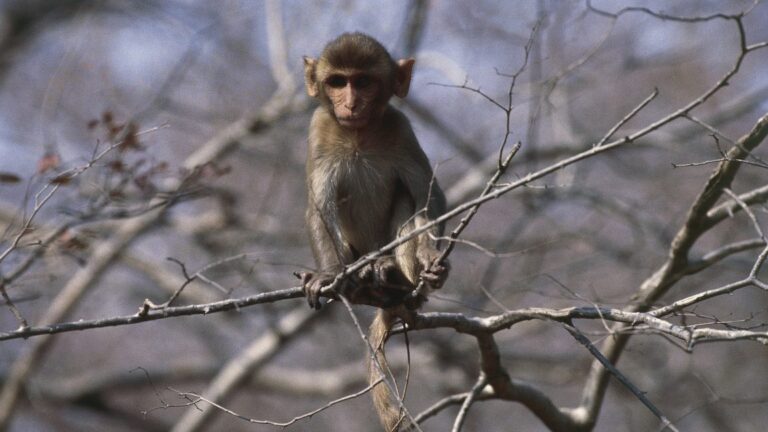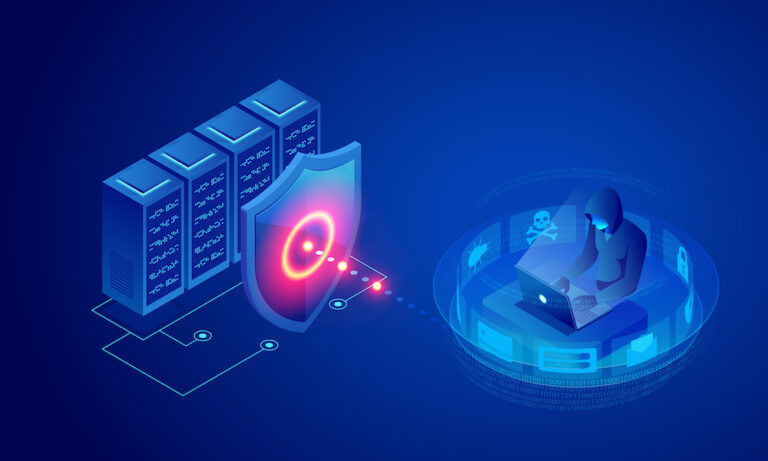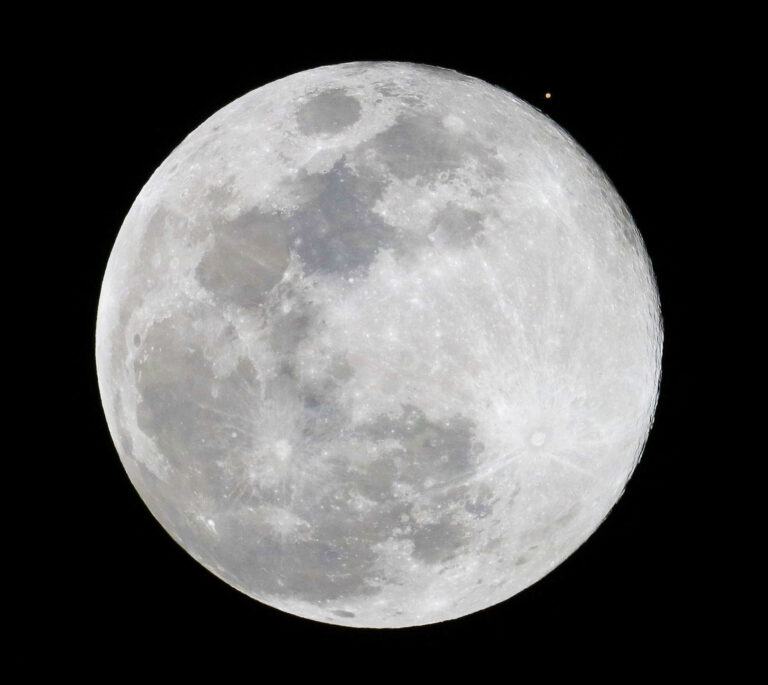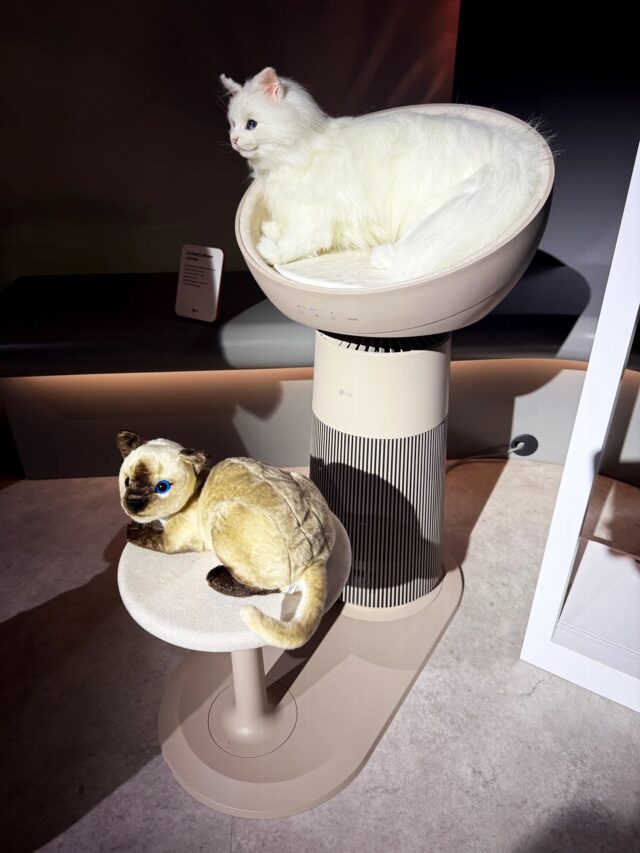Pet Photography Settings: The Ultimate Guide
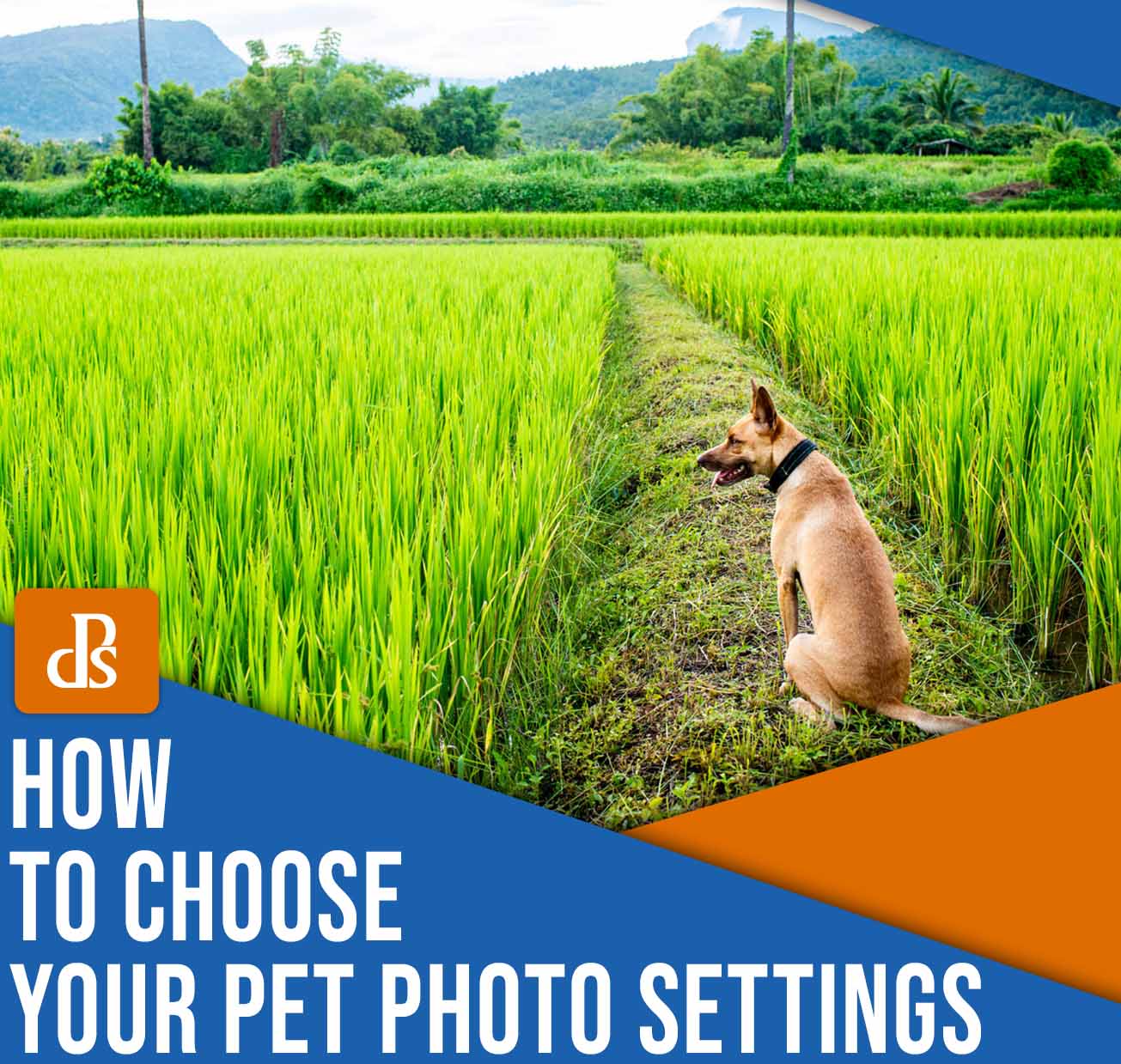
Are you looking to capture beautiful images of pets? Then you must master your pet photography settings.
Unfortunately, pet settings can be challenging to get right, which is why some photographers – those who are not up for a challenge! – will tell you to “never photograph animals or children.” Fortunately, nailing your settings isn’t so hard when you are patient and you have a few simple tips to guide your decisions, and that’s what this article is all about.
Below, I break down all of the key settings for pet photography, including shutter speed, aperture, and ISO. I explain how you should adjust your settings for sharp, high-quality shots, and I also offer several tips to level up your pet photos.
Let’s dive right in!
Table of Contents
How to manage pet photography settings like a pro
Our pets are part of our families. Naturally, we want to have lovely photographs of them. But to get the best shots, we must learn to carefully select the right settings!
In this section, I explain how to choose the best basic settings for pet photos. I pay particular attention to freezing movement – because capturing unpredictable movement is a key aspect of pet photography (and the aspect that makes it so challenging). Correctly adjusting your camera settings to handle fast movement and to capture sharply focused photos will dramatically increase the number of usable files you’ll produce.
Of course, the right settings will also depend on your pets. Some pets are much more challenging to photograph than others – but the more challenging pets can also make the most amazing photographs. It’s pretty easy to get some decent photos of a pet turtle. But while a bouncy puppy will take a lot more effort to shoot, the results can be so much more rewarding.
1. Shoot in Manual mode
The best way to manage your camera settings for pet photography is with Manual mode.
That’s how I take my photos, because when I use Manual mode, I remain aware of each and every exposure setting (i.e., the exposure triangle). After all, with Manual mode selected, you must manually dial in a shutter speed, an aperture, and an ISO.
Manual mode prompts you to think carefully about your shutter speed – and by selecting your shutter speed correctly, you can ensure that your camera shutter fires quickly and you get no motion blur when your subject moves.
Manual mode also prompts you to think about your aperture, which determines the image depth of field (i.e., how much of the shot is in focus). The aperture also helps you let in more light, thus allowing for faster shutter speeds (and sharper shots).
And Manual mode prompts you to think about your ISO setting, which affects both image exposure and image quality.
2. Pick a fast shutter speed to freeze pet motion
Shutter speed is a pet photography setting you must get right. Many pets move – and they can move fast and at unpredictable times. If your shutter speed is fast enough, it’ll freeze animal motion, but if it’s too slow, you’ll get a blurred (ruined!) photo.
Now, the faster the shutter speed, the greater chance you have of preventing motion blur, even if your pet moves. In my experience, 1/250s is the slowest “safe” shutter speed; go any slower, and a moving pet will likely blur the image.
However, if your pet is moving very rapidly, you’ll need to boost your shutter speed beyond 1/250s. For instance, when photographing this dove, I used a shutter speed of 1/5000s to freeze the wing motion:
Even resting or sitting animals can move unpredictably (usually when you don’t want them to!). This action, when properly frozen, can make for great photos, but you’ll need to keep your shutter speed fast enough to capture the moment.
By the way, shutter speed isn’t just about image sharpness. It affects image exposure, too – the faster the shutter speed, the darker the image – so you’ll need to adjust your shutter speed in relation to your aperture and ISO settings to capture well-exposed shots.
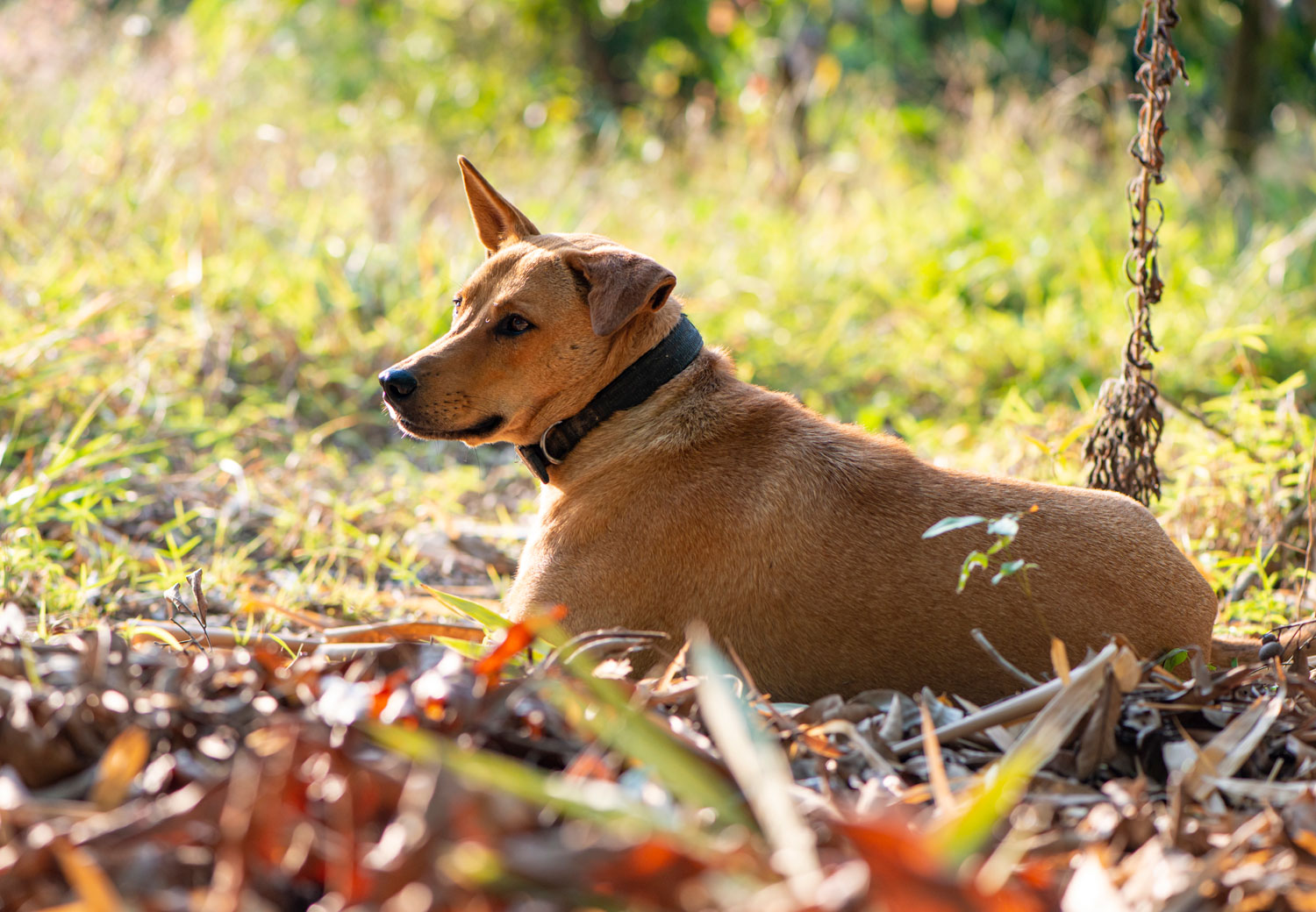
3. Adjust your aperture for the right depth of field
When doing pet photography, I recommend you start by adjusting your shutter speed – and then immediately select an aperture.
As I hinted at above, the aperture affects two key image elements:
Depth of field, or the amount that the subject is in focus.
And image exposure.
First, let’s address the depth of field: The wider the aperture, the shallower the depth of field. With a wide aperture (e.g., f/2.8), you’ll get less of your pet in focus, which can be problematic – though it can also look nice, depending on the effect you’re after.
Note that the depth of field becomes steadily narrower the closer you get to your pet. So if you use a wide aperture and you capture a pet close-up, the depth of field will be very shallow. Notice how the background blurs away in the image below:
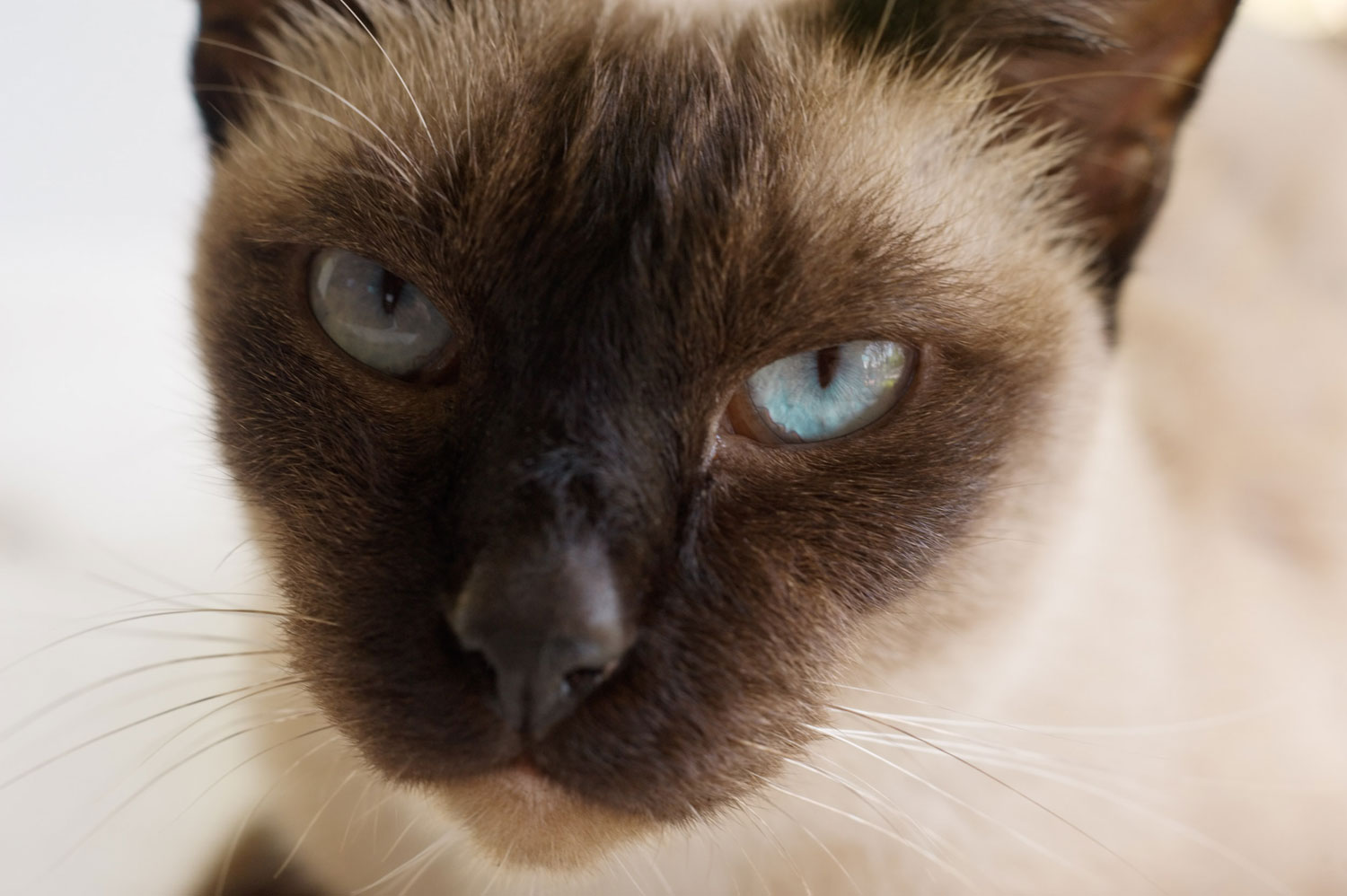
As for the aperture’s effect on image exposure: The wider the aperture, the more light that hits the sensor, and the brighter the image. If you need a fast shutter speed, you can use this to your advantage. Simply widen your aperture, then boost the shutter speed without worrying about major underexposure.
Unfortunately, aperture wideness isn’t unlimited. Every lens features a maximum aperture that it can’t go past. The kit lens that came with your camera may only have a maximum aperture of f/3.5 – but prime lenses and more expensive zoom lenses feature wider apertures that let you use faster shutter speeds, even in low light.
If you need to use a faster shutter speed but you can’t widen your aperture any farther, you do have another option, as I discuss in the next section:
4. Keep your ISO as low as possible
The ISO is often referred to as your camera’s sensitivity to light, and while that’s not quite true, it’s a good approximation of its effects. The higher the ISO, the brighter the exposure – though higher ISOs produce unpleasant image noise effects, which can easily ruin your images.
Therefore, I recommend you use the ISO as the foundation of your pet photography settings. Select the lowest native ISO offered by your camera, and don’t adjust it unless the light changes significantly.
If the light is low, you may find that a fast shutter speed and perfect aperture give you an underexposed shot. In such cases, you’ll need to boost your ISO for a better exposure, and that’s okay. Just remember that a higher ISO will produce more noise, so you should never increase your ISO unnecessarily.
For example, if you’re shooting a dog, you’ll want to keep your shutter speed at 1/250s at the very least. Yet in low light at ISO 100 with a wide-open f/2.8 aperture, you may find that you need a 1/60s shutter speed to get a good exposure. So what do you do?
You could leave your shutter speed at 1/60s, but this is very risky; if your dog moves even slightly, the image will blur. However, by boosting your ISO to 400, you can safely increase your shutter speed to 1/250s and maintain the same exposure. And if you change the exposure to ISO 800, you can use a shutter speed of 1/500s, which is even safer.
At the end of the day, the decision is yours, and it will depend on your subject, camera equipment, and situation. But while it’s good to keep your ISO as low as possible, don’t be afraid to boost it as required!
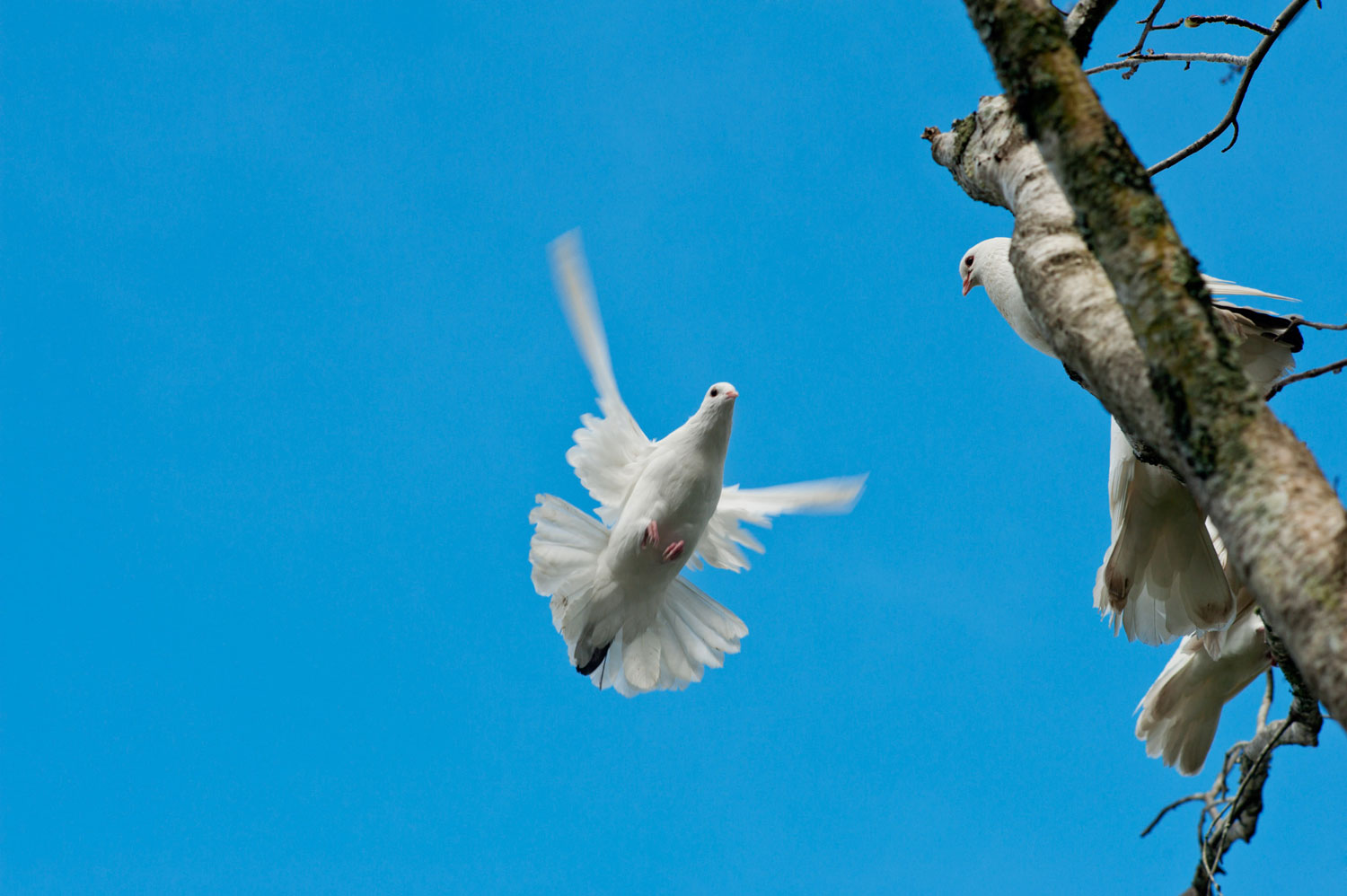
Pet photography settings tips
In this next section, I offer a few quick tips for the best pet photography settings, starting with:
1. Select the right focus mode
Focusing while photographing pets is often a major challenge. Fortunately, many new camera models have a focusing mode that automatically detects animal eyes, and if that’s an option for you, I recommend you try it out. When using animal eye AF, the camera will attempt to focus on your pet’s eyes, and you won’t have to spend much time thinking about focusing. In other words, you’ll have one less thing to manage!
If you don’t have animal eye AF, you have a few options. The goal should always be to get your pet’s eye in focus, but working with multiple focus points can be a bit hit and miss. Sometimes the camera will select the eye; other times it may not. Using a single-point AF mode takes practice, but it’ll give you more precise control over your point of focus, so it’s worth considering.
Really, if your camera doesn’t offer eye-detection autofocus, I encourage you to simply experiment with its other modes until you find one that feels right.
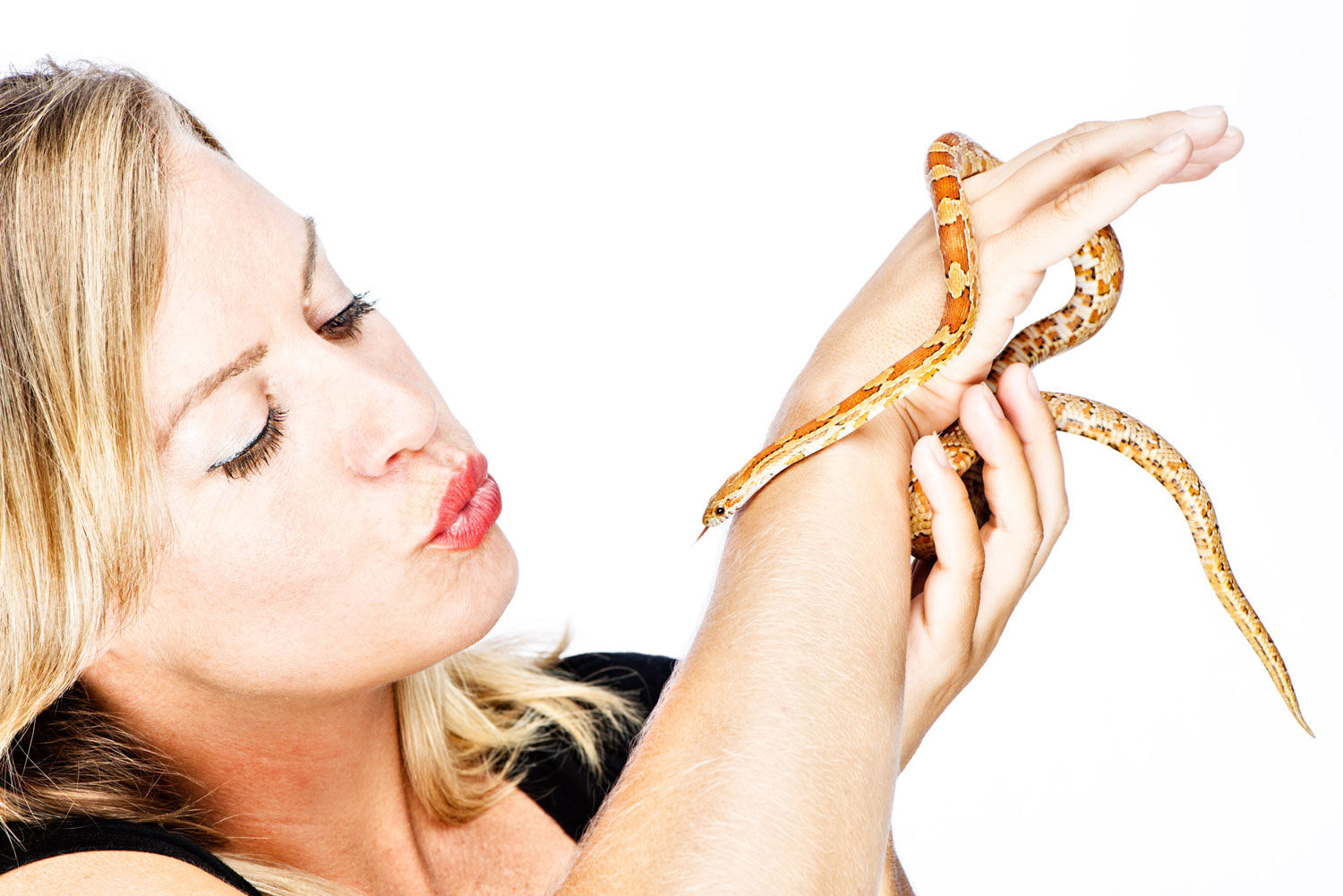
2. Don’t be afraid to use artificial lighting
Sure, you can get great shots of animals in natural light – but when there isn’t enough light, try adding some!
In my view, continuous lighting is often better than a flash (your pet may react adversely when the flash fires, which is not the result you want). Start by adding a single continuous light, and experiment with different light positions (off to the side, at 45 degrees, directly behind the camera, and so on).
Note that extra light will let you use a faster shutter speed and/or a narrow aperture setting. In other words, artificial lighting guarantees greater flexibility!
3. Use burst mode to capture split-second moments
I highly recommend you use your camera’s burst mode – also known as its continuous shooting mode – when photographing most animals.
With burst mode active, when you hold down the shutter button, your camera will take a series of images at high speeds.
That way, you can capture the best moments without perfect timing.
So select your camera’s burst mode, then – whenever the pet starts to do something interesting – simply hold that shutter button, and watch as you nab photos of the fastest action (and even fleeting expressions).
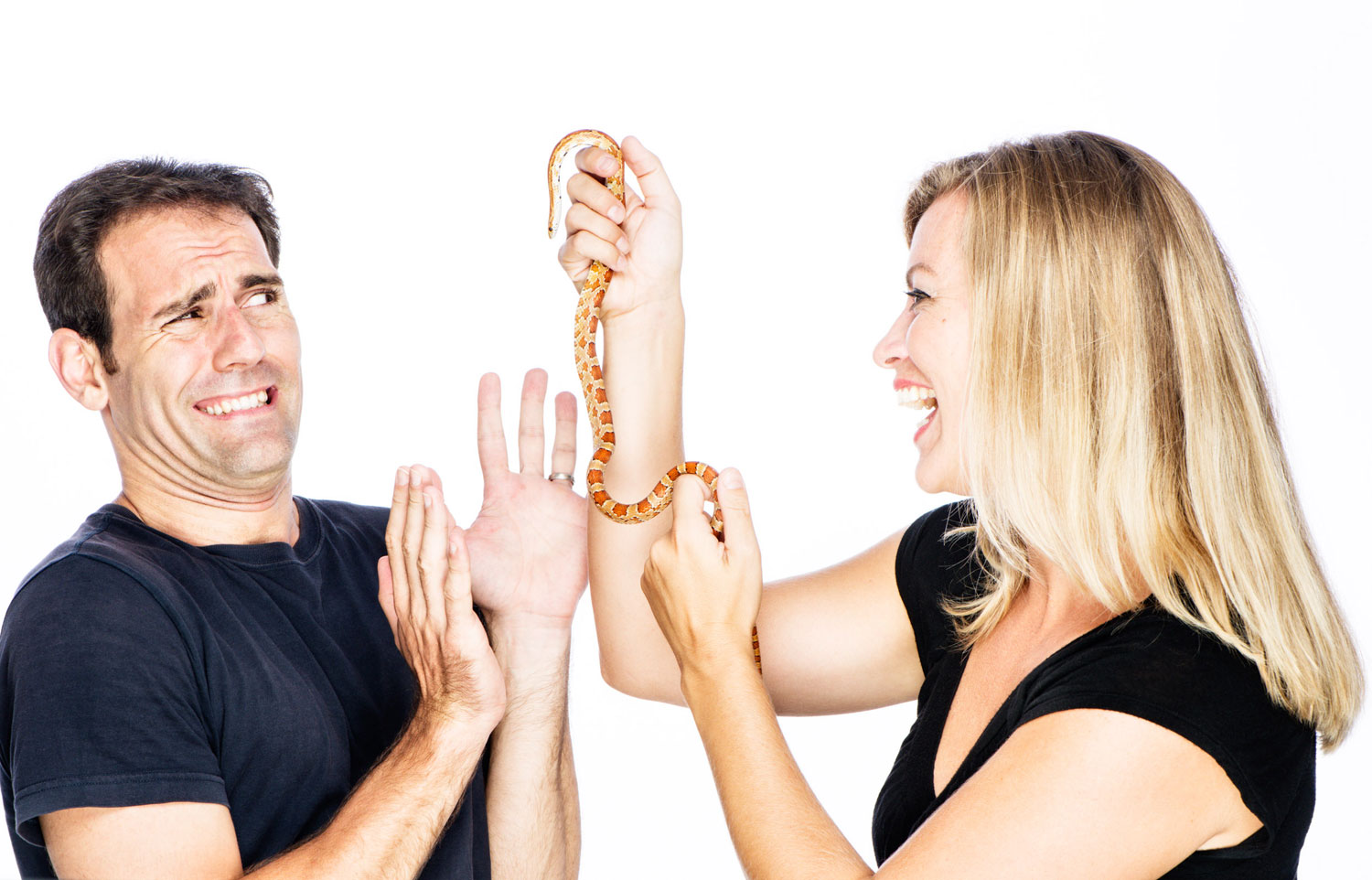
Of course, do be mindful of how many photos you’re taking. Remember that you’ll have to look through them all to pick out the best ones!
Pet photography settings: final words
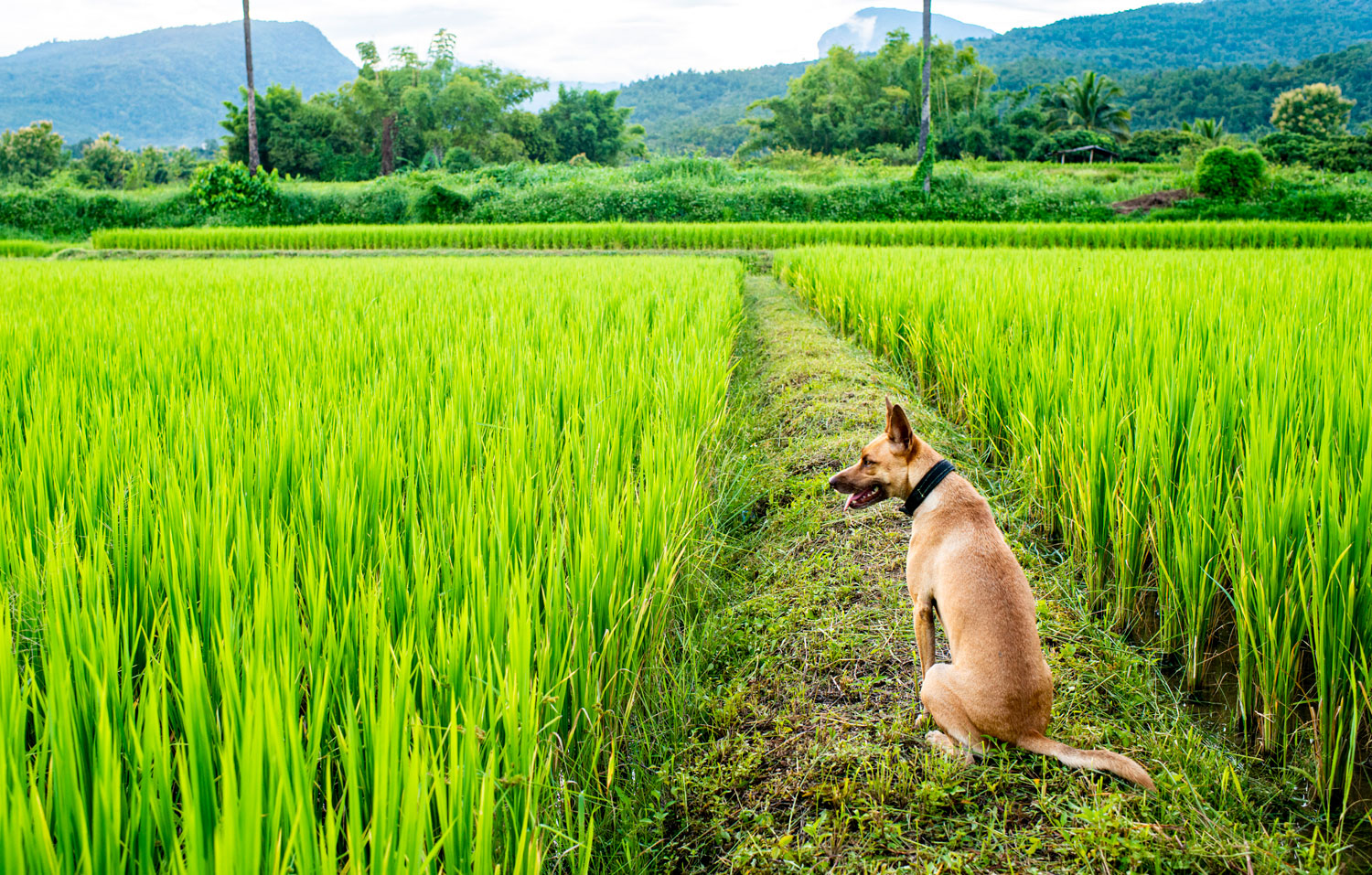
Now that you’ve finished this article, you know the best settings for pet photography – and you know how to select the right advanced settings to get a top-notch result.
Remember: Shutter speed is crucial. If the camera shutter is too slow, you risk ruining your photos with motion blur – so pay careful attention to the shutter speed value!
Most importantly, however, have fun! If you’re having fun, your pet is more likely to have fun, as well, and it’ll make for superior photos!
Now over to you:
What pets do you plan to photograph? What settings will you use? Share your thoughts in the comments below!
